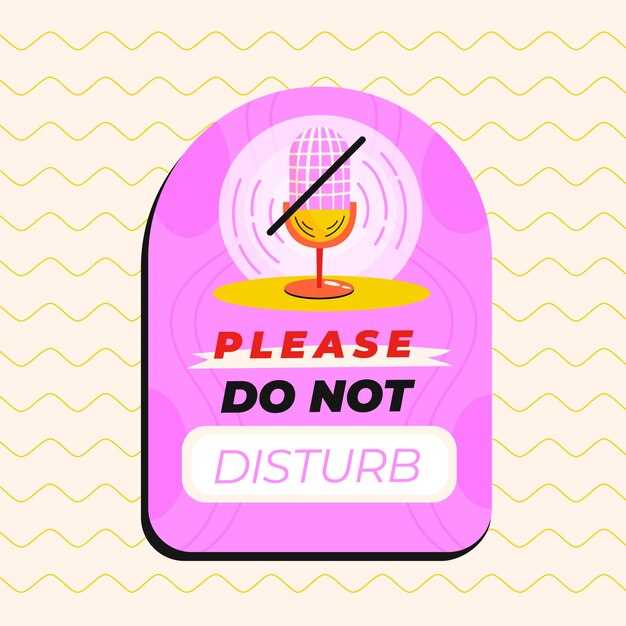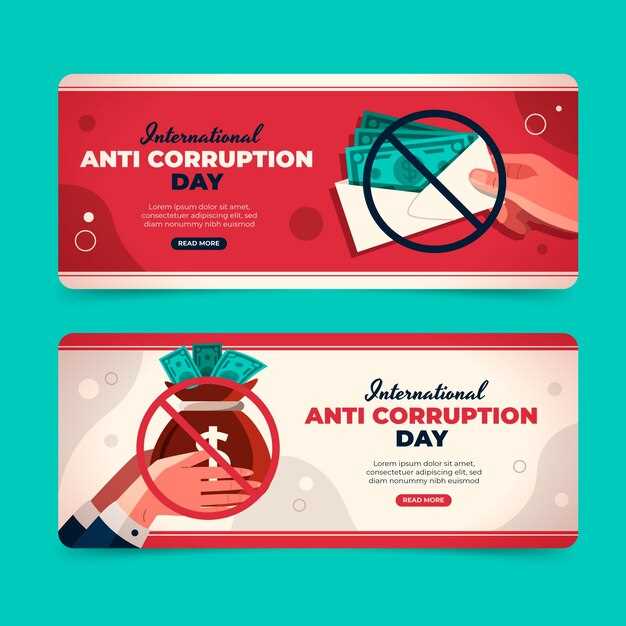
Custom license plates can be a fun way to express individuality and creativity. However, not all designs are approved by state authorities. Each state has specific regulations regarding what can and cannot be displayed on a plate. Understanding these restrictions is crucial for anyone looking to personalize their vehicle.
Many designs are banned due to potential misunderstandings, inappropriate messages, or offensive language. These restrictions aim to prevent confusion on the road, maintain public decency, and ensure that plates serve their primary function of identifying vehicles. This article will explore the common reasons behind the banning of certain plate designs and provide insights into the most frequently rejected requests.
From offensive words to political statements, the spectrum of banned designs is vast. It’s essential for vehicle owners to be aware of their state’s guidelines to avoid disappointment. This knowledge can not only save time but also help individuals navigate the complexities of licensing regulations effectively.
Banned Plate Designs: What You Need to Know

Banned plate designs refer to specific vehicle license plates that are prohibited due to their content, which may be deemed offensive, misleading, or inappropriate. Each state or country has regulations regarding what can appear on a license plate, and these regulations aim to maintain public decency and avoid confusion on the road.
Common reasons for banning plate designs include the use of profanity, hate speech, sexually explicit language, or anything that promotes illegal activity. Additionally, plates that closely resemble official government or emergency service designs are often restricted to prevent misrepresentation.
It is essential for applicants to understand that custom license plates must undergo a review process. This typically involves submitting a request to the relevant motor vehicle department, where officials will assess the proposed design against established guidelines. If a plate design is rejected, applicants usually receive an explanation and the opportunity to submit an alternative choice.
Some jurisdictions offer online tools for checking the availability and acceptability of personalized plate combinations, providing applicants with immediate feedback on whether their desired design may face issues. Nevertheless, being aware of the specific rules governing license plate designs in your area is crucial to avoid delays in the application process.
In summary, understanding the restrictions on plate designs can help potential applicants create unique, yet compliant, vehicle identifiers. Awareness of what constitutes a banned design is essential for anyone looking to customize their license plate without facing rejection.
Understanding the Criteria for Banned License Plate Designs
License plates are more than just vehicle identification; they often reflect personal expression. However, some designs are prohibited. The criteria for banning specific license plate designs vary by jurisdiction but generally include the following categories:
- Offensive Language: Plates containing vulgar, obscene, or profane language are commonly banned. This includes any term that may be deemed inappropriate or disrespectful.
- Hate Speech: Any combination of letters or numbers that promotes hate, discrimination, or violence against a group of people based on race, religion, sexuality, or nationality is disallowed.
- Sexually Explicit Content: Designs that include sexual references or imagery are typically not permitted. This rule aims to maintain public decency.
- Political Statements: While opinions vary, many jurisdictions discourage or prohibit license plates that convey strong political messages, slogans, or endorsements to avoid controversy.
- Confusion with Government License Plates: Designs that closely resemble official government-issued plates can be banned to prevent confusion with law enforcement.
- Impersonation: Plates that could mislead others as an official or governmental entity, or suggest law enforcement affiliation, are prohibited.
Each state or country may have its own guidelines for evaluating potential designs. The application review process often includes:
- Submission of the desired plate combination to the relevant authorities.
- Reviewing the combination against established guidelines for appropriateness.
- Notifying the applicant of approval or disapproval based on the criteria outlined.
Potential applicants are encouraged to check their local regulations to ensure their desired plate design does not violate these criteria. Understanding these rules can help individuals avoid disappointment and create a unique license plate that is still within acceptable bounds.
Common Examples of Disallowed Plate Designs and Their Reasons

Custom license plates serve as a form of personal expression; however, certain designs are regularly disallowed by state authorities due to various reasons. Understanding these restrictions can help individuals avoid potential issues when selecting their plate design.
One common category of disallowed designs includes those that incorporate offensive language or slurs. Plates featuring profanity or derogatory terms are typically banned as they can promote hate or discrimination, contributing to a negative societal impact.
Another frequently encountered example involves designs that can be interpreted as misleading. Plates that resemble official law enforcement or government vehicles are often prohibited to prevent confusion during emergencies. This includes using police-like insignia or color schemes that mimic safety vehicles.
In addition, plates that imply illegal activity are disallowed. This includes references to drug use, criminal acts, or any wording that could be construed as promoting illegal behavior. Such designs are deemed inappropriate as they do not align with public safety and official regulations.
Some states also ban plates that include symbols or messages promoting hate groups or extremist ideologies. These designs create a divisive environment and are considered unacceptable in promoting unity and social harmony.
Lastly, certain states restrict plates with ambiguous or nonsensical combinations of letters and numbers that could confuse law enforcement or other drivers. This is particularly important for maintaining clarity on the roads, where misunderstandings can have serious consequences.
By familiarizing oneself with these common disallowed designs and their justifications, individuals can ensure that their custom plates comply with regulations while still reflecting their unique personality.
How to Check if Your Custom Design is Permissible
When creating a custom plate design, it is crucial to ensure that your design complies with local regulations and guidelines to avoid potential rejection. Here are steps to verify if your design is permissible:
1. Review State Regulations: Each state has its own rules governing custom vehicle plates. Start by visiting your state’s Department of Motor Vehicles (DMV) website, where regulations regarding design elements, acceptable phrases, and symbols are outlined. Familiarize yourself with any specific prohibitions, such as offensive language or likenesses of government entities.
2. Use Official Resources: Many DMVs provide online tools to check the availability of your desired plate combination and to preview custom designs. Utilize these resources to see if similar designs have been previously banned or rejected.
3. Check for Offensive Content: Ensure that your design does not contain any offensive words, symbols, or themes. Content that can be deemed racist, sexist, or otherwise inappropriate will likely be declined. Familiarizing yourself with commonly banned terms can mitigate this risk.
4. Seek Pre-Approval: Before finalizing your design, consider contacting your DMV directly for a pre-approval or clarification on particular elements. They may provide insights on potential issues with the design you have in mind.
5. Stay Updated: Regulations regarding custom designs can change over time. Regularly check your DMV’s updates or subscribe to newsletters to stay informed about any changes that may affect your custom plate design.
6. Engage with Online Forums: Leverage online communities or forums where other vehicle owners discuss their experiences and challenges with custom designs. They may offer valuable insights and advice based on their own trials.
By following these steps, you can better navigate the complexities of custom vehicle plate designs and increase the likelihood of approval for your personalized design.
